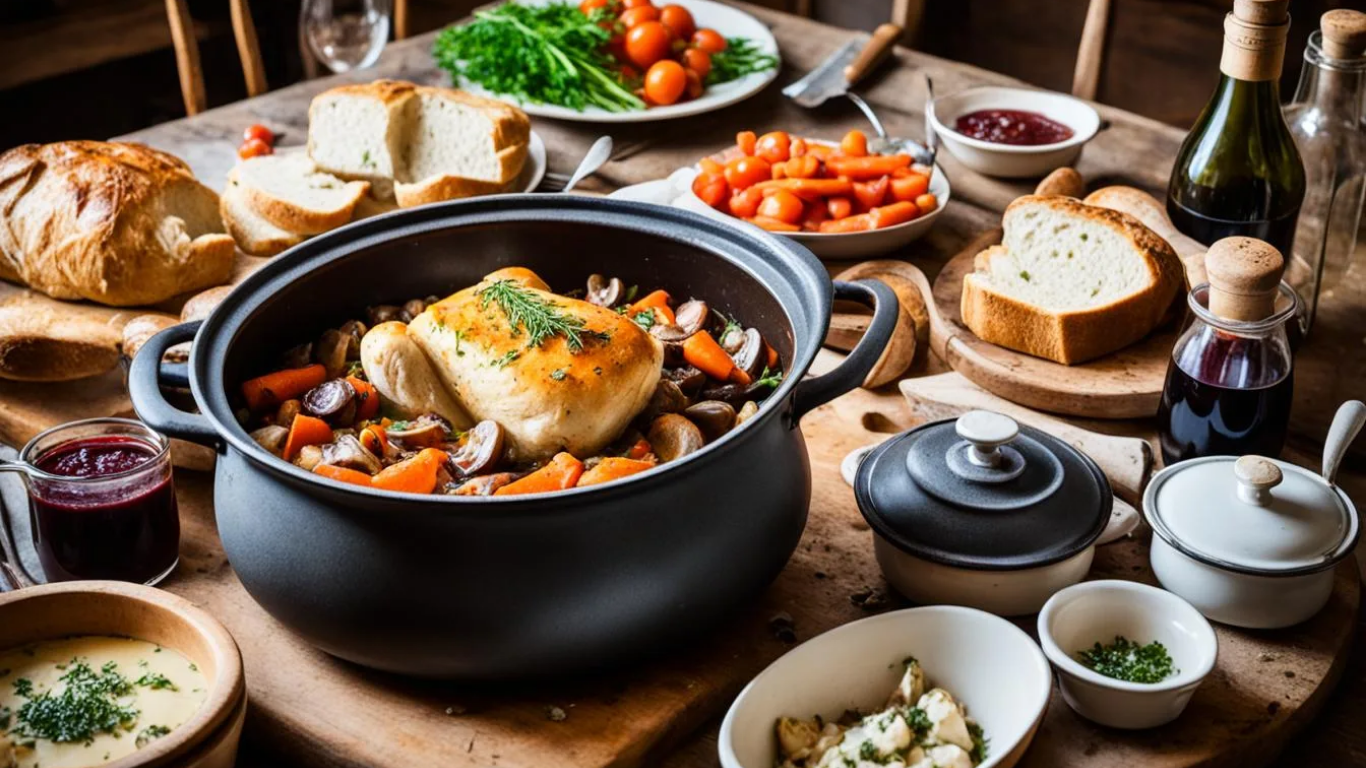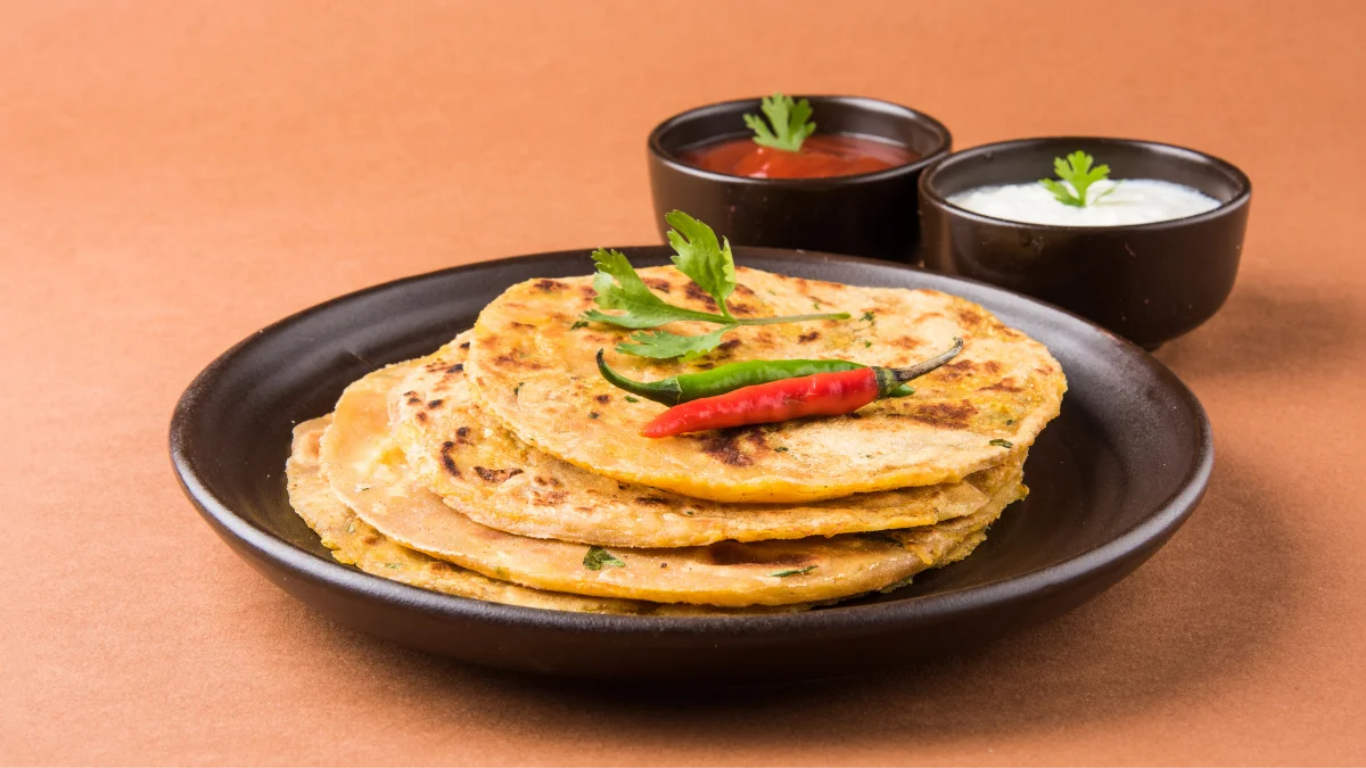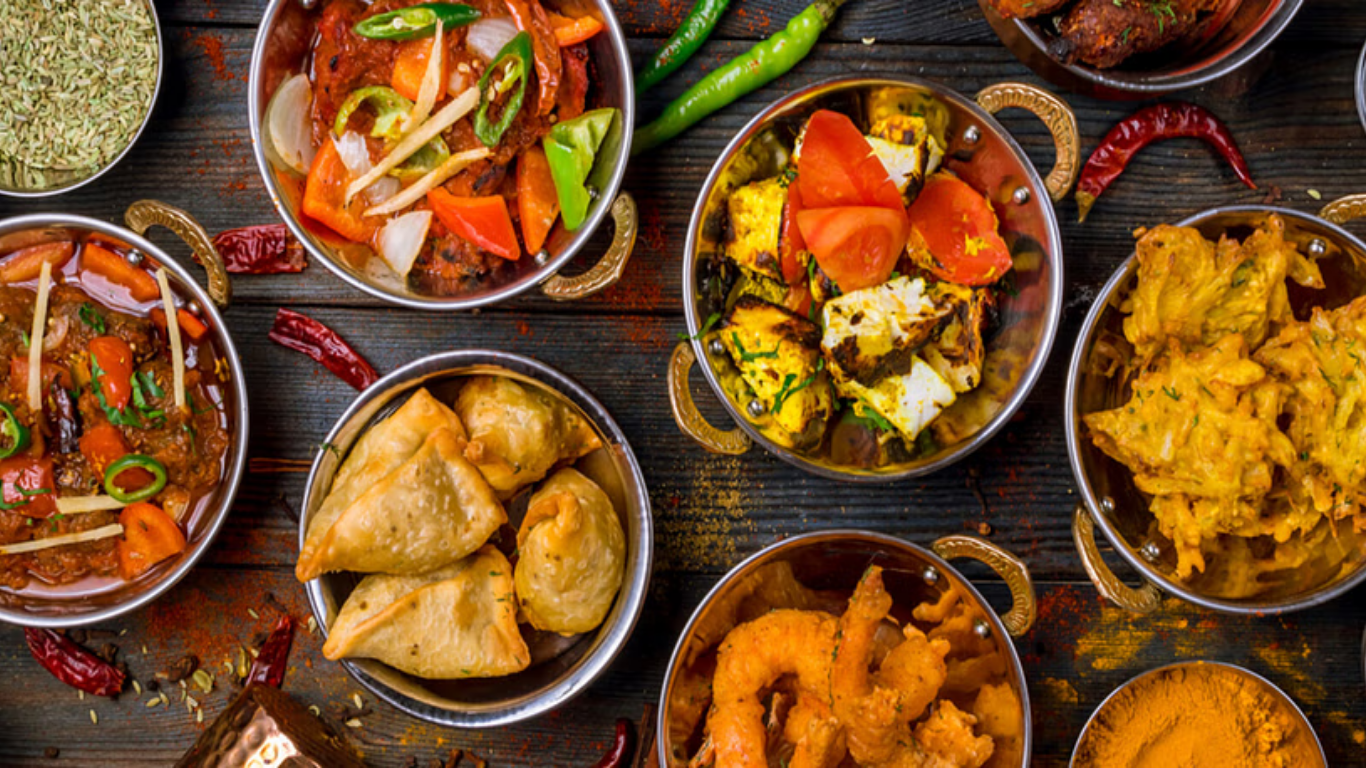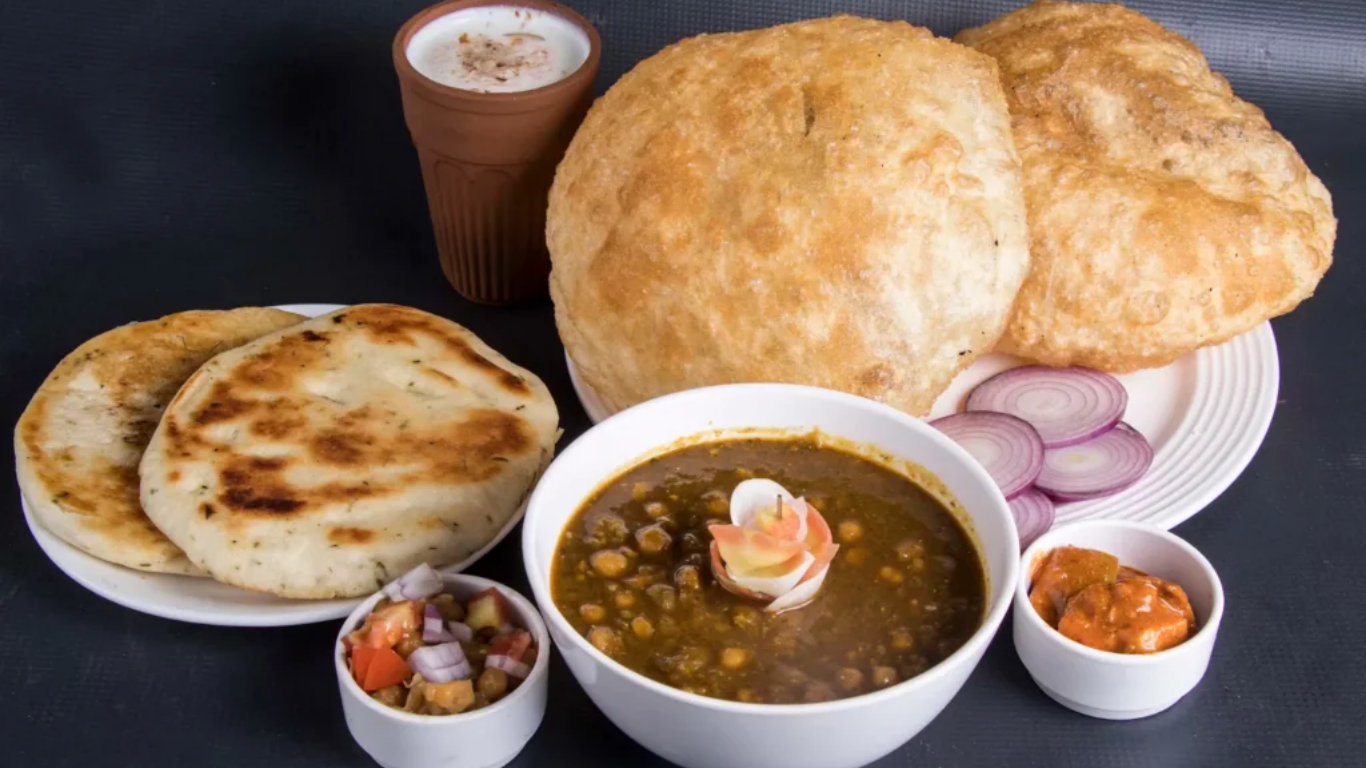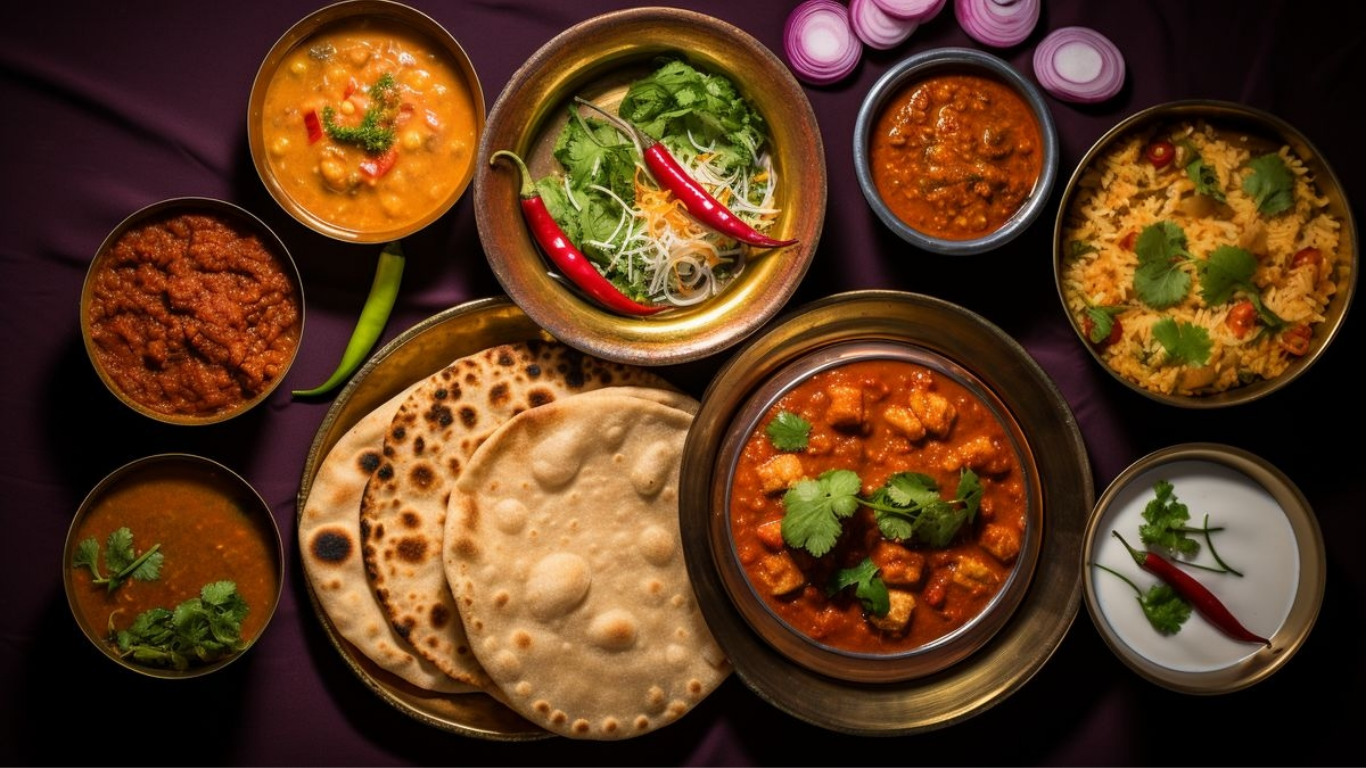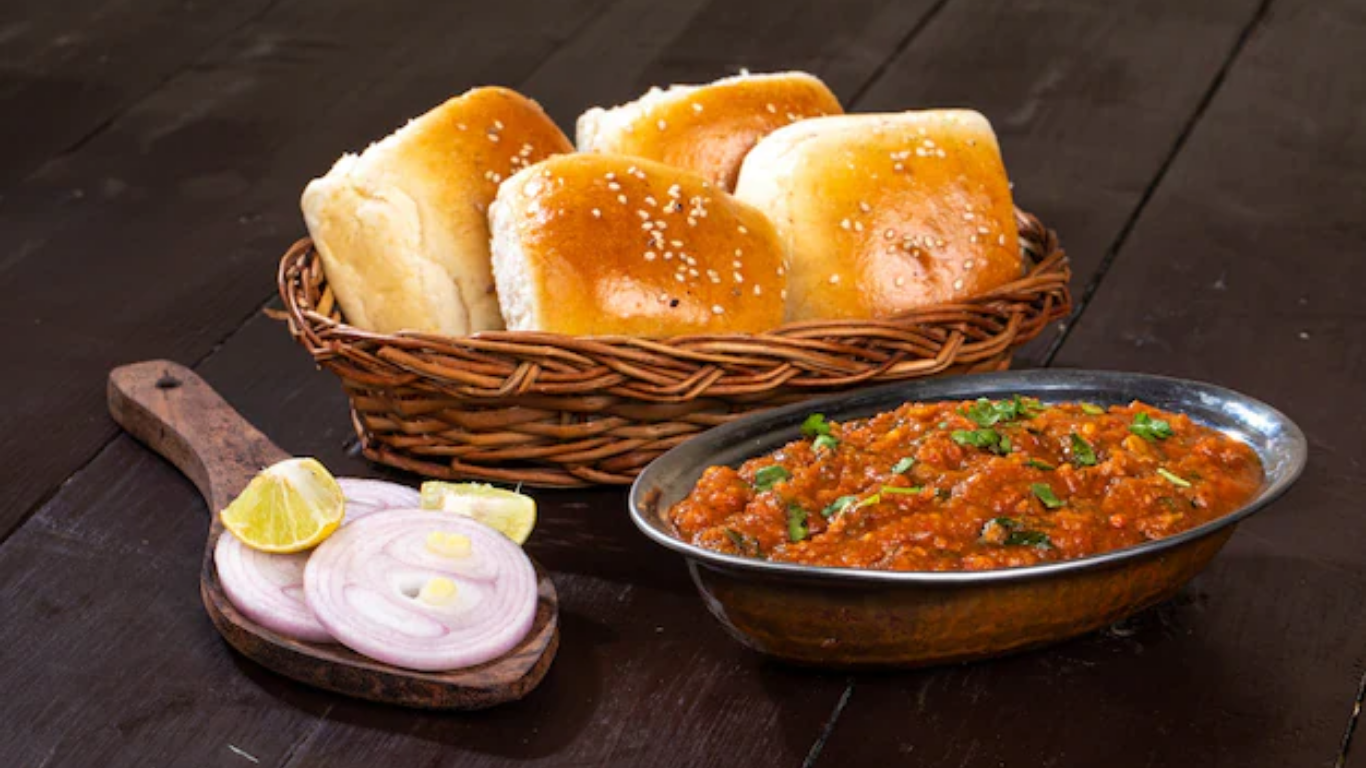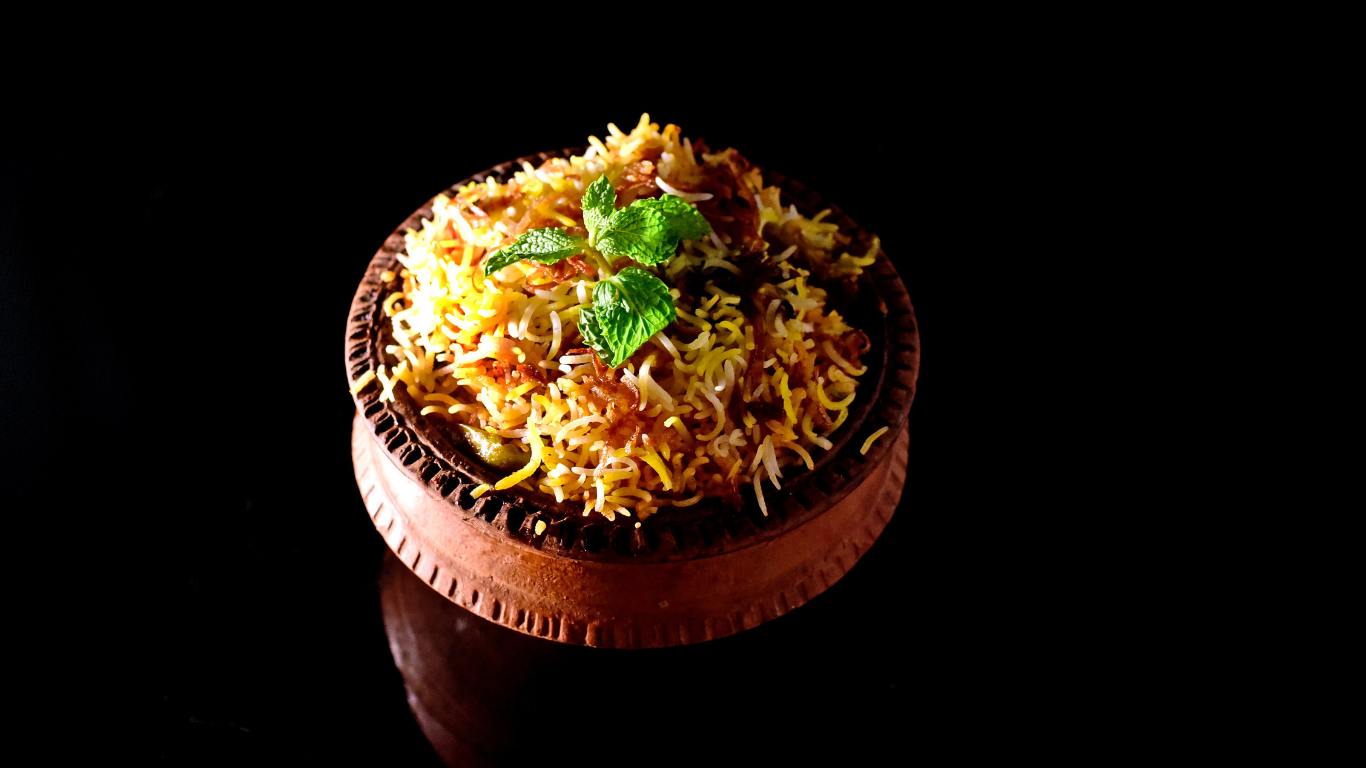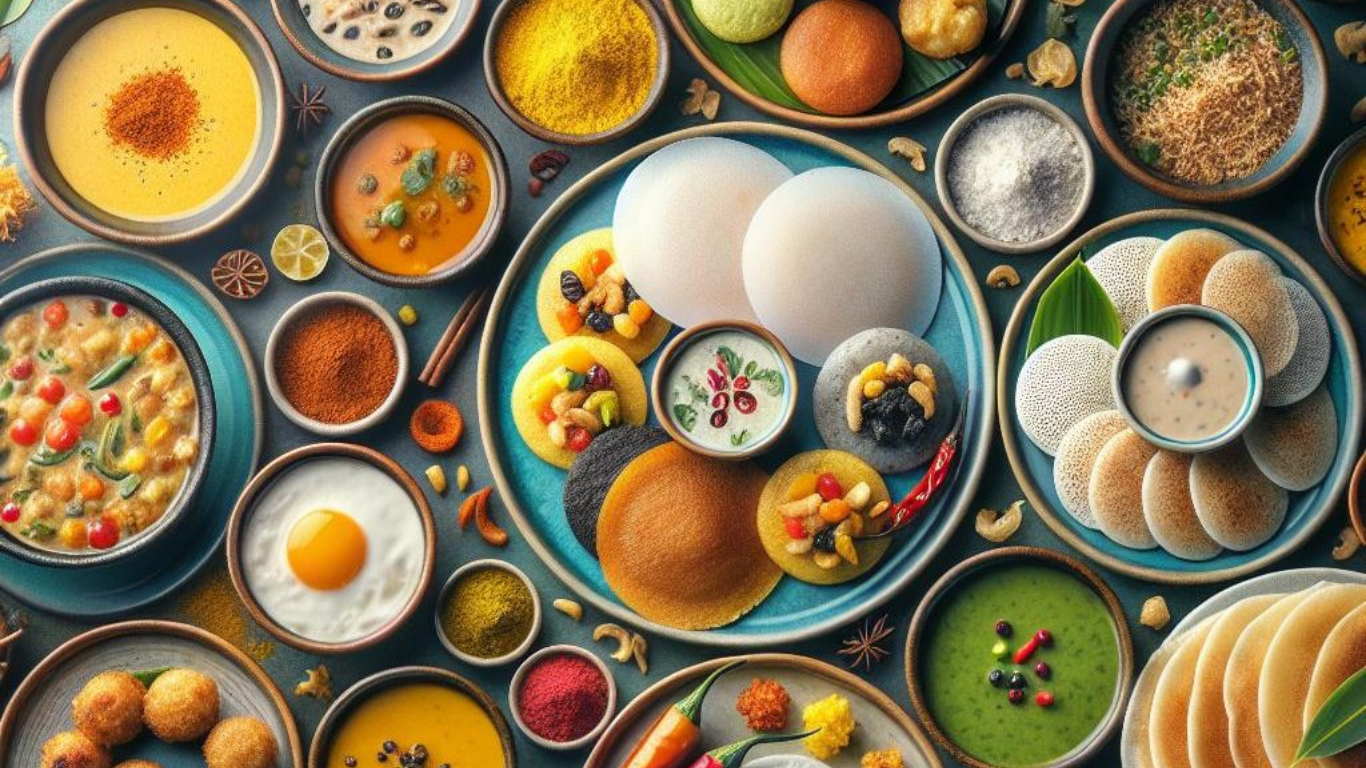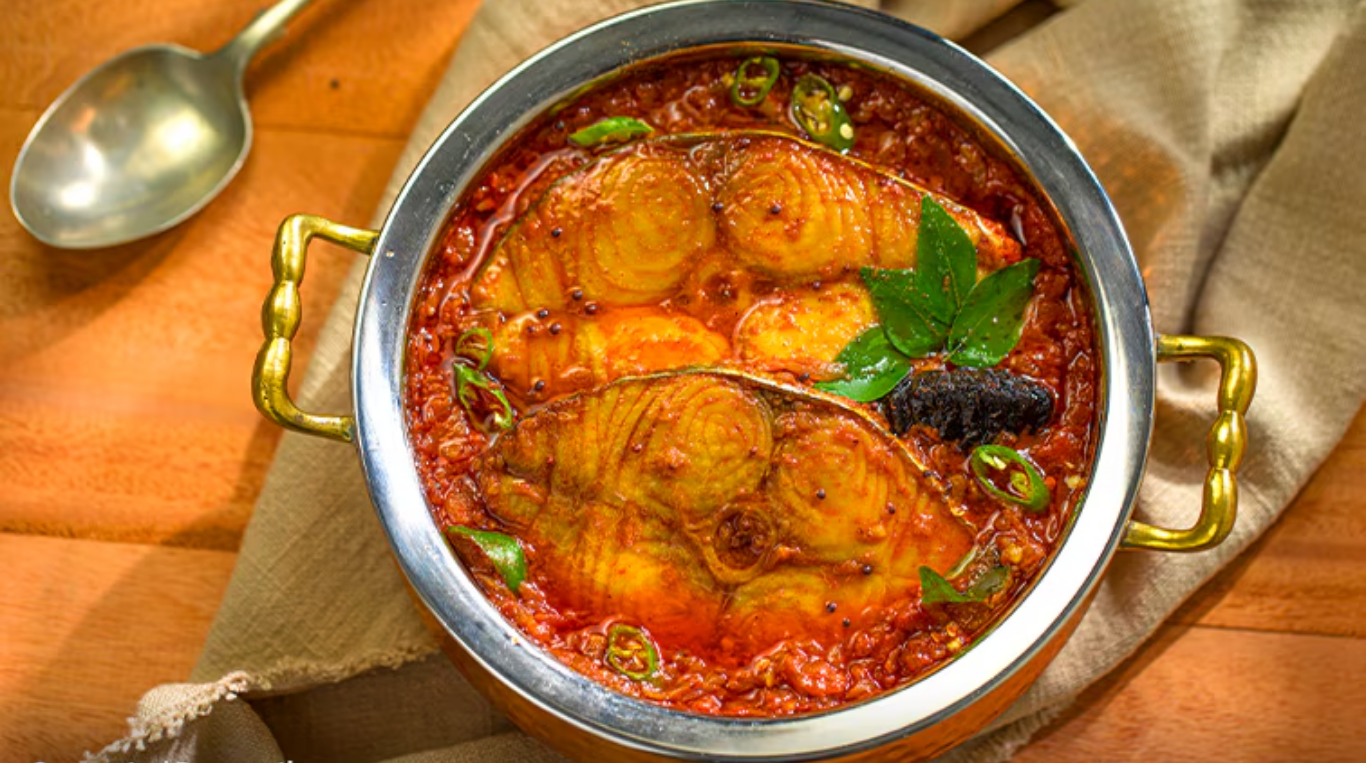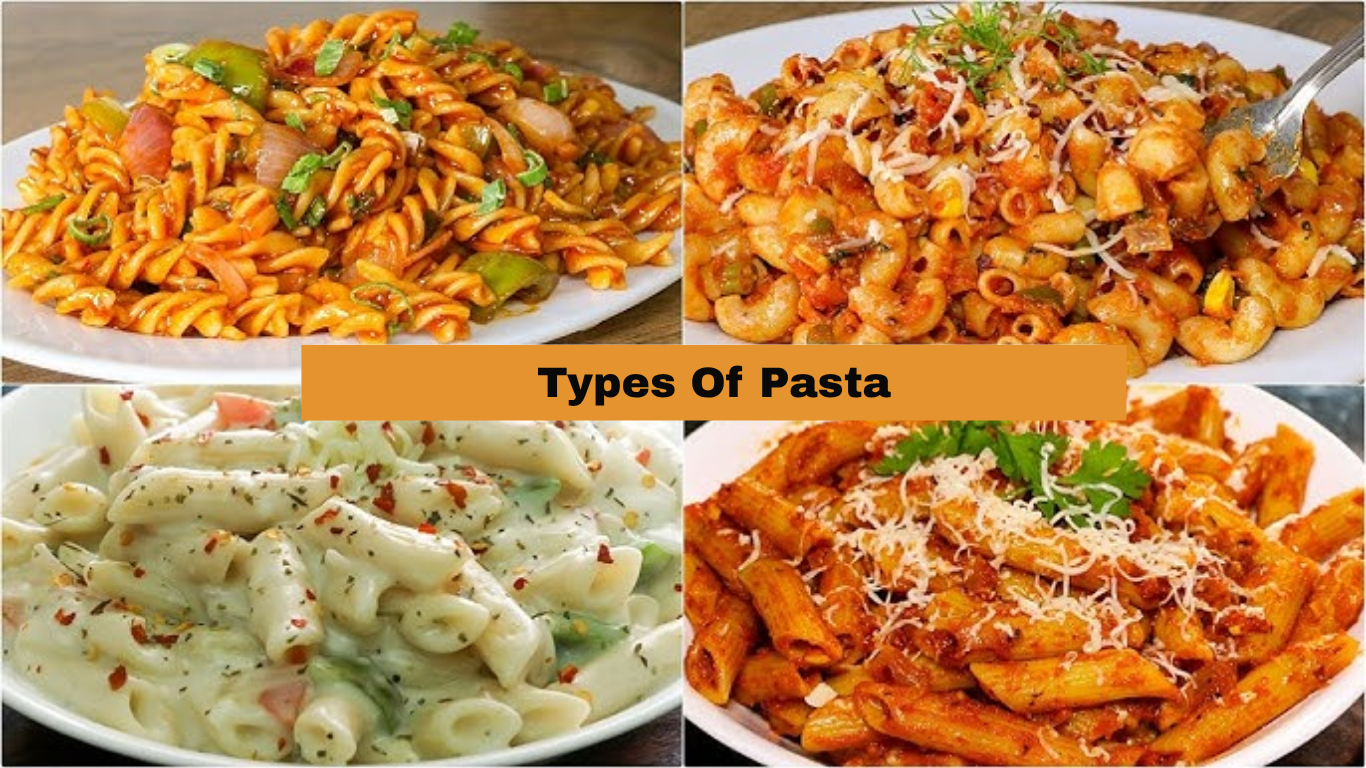Rooted in rustic kitchens but loved around the world, Punjabi cuisine proves that authentic tradition always travels well.
1. Homegrown Roots: Where Food and Love Begin
In Punjab, food is not just cooked—it is nurtured, shared, and remembered. Walk into any traditional Punjabi home, and the first thing you will notice is the aroma. It might be the ghee sizzling on a hot tawa, or the earthy scent of simmering dal.
From early childhood, Punjabis grow up around kitchens that never sleep—mothers waking up at dawn to make hot aloo parathas stuffed with spiced potatoes, fathers bringing home fresh dairy from local farms, and grandmothers stirring big pots of kadhi with quiet wisdom. Even a simple breakfast is made with care, and every bite is loaded with family legacy.
Punjabi food begins with love and is finished with satisfaction. There are no half portions, no short meals. A plate of food often comes with three kinds of pickles, curd, fresh coriander, and homemade butter generously spread across the top. In Punjabi homes, feeding someone is seen as a blessing.
Guests are not asked if they are hungry—they are told to eat, again and again. It's how affection is expressed, and this cultural value is what gives the cuisine its generous heart.
2. The Magic of Combinations: Balanced and Bold
What truly sets Punjabi food apart is how it blends strong combinations into balanced perfection. Take sarson da saag and makki di roti—a rustic duo of mustard greens and cornmeal flatbread, often eaten in winter with jaggery and a spoonful of homemade white butter.
It's hearty, it’s simple, and yet it delivers a full meal that warms both body and soul. Similarly, chole bhature—spicy chickpeas paired with soft, deep-fried bread—is a classic street food that feels like a feast. The rich masalas in the chole are perfectly absorbed by the fluffy bhature, creating a flavorful explosion with every bite.
Punjabi cuisine thrives on contrasts. Soft meets crunchy, spicy meets creamy, hot meets cool. Whether it's rajma chawal (kidney beans with rice), paneer tikka with mint chutney, or lassi served after a spicy meal, every dish has a complement that brings out the best in its partner.
Even the smallest roadside dhaba understands these combinations instinctively. There’s a rhythm to the way Punjabi meals are put together, and that’s what makes them so comforting, satisfying, and unforgettable.
3. Tandoor: The Soul of the Punjabi Kitchen

You cannot speak about Punjabi food without mentioning the tandoor—the traditional clay oven that transforms everyday ingredients into smoky, flavour-packed wonders. In villages and homes across Punjab, the tandoor is more than a cooking device.
It’s where families gather on chilly evenings, rolling out rotis and sharing stories while waiting for the warm bread to puff and char. This method of cooking brings out deep, earthy flavours that no modern oven can quite replicate.
Dishes like tandoori chicken, naan, lachha paratha, and seekh kebabs all owe their iconic taste to this ancient technique. The tandoor gives the food its golden crust and juicy interior, preserving the spices without burning them.
It’s no surprise that these smoky dishes have made Punjabi cuisine famous across the globe—from small eateries in Amritsar to high-end restaurants in London, New York, and Sydney. But the magic truly lies in the tandoor’s origin: in the simplicity of village kitchens, where fire meets flavor in its purest form.
4. Sweet Traditions and Spicy Memories
After a heavy, flavourful meal, Punjabi cuisine offers sweet comfort in every form. Desserts like kheer, jalebi, gajar ka halwa, and pinni are not just treats—they're tokens of affection. Made with ingredients like milk, dry fruits, jaggery, and ghee, these sweets are often associated with seasons and festivals.
For instance, panjiri, made during winter, is believed to boost health and immunity. It’s these thoughtful touches that make Punjabi food both indulgent and rooted in purpose.
Even the spices used in Punjabi cuisine are not just for heat. Turmeric, cardamom, cumin, coriander, and fenugreek each bring their own benefits to the table—digestive, cooling, or warming. Recipes are passed down through generations not from recipe books, but from memory and emotion.
Ask a Punjabi elder how to make saag or dal, and they’ll smile and say, “bas andaaz se daal do”—just add with instinct. That’s because food in Punjab is not only about taste, but about feeling. The laughter around the kitchen, the smell of slow-cooked masala, and the pride in homemade ghee—all of it comes together on the plate.
5. Modern Touches with a Traditional Heart
Today, Punjabi food is finding new expressions. While traditional meals still rule home kitchens, modern restaurants are exploring fresh twists—think butter chicken bao, paneer tikka pizza, or rajma tacos. Yet, even with these global influences, the core of Punjabi cuisine remains unchanged: bold flavours, hearty portions, and love in every bite.
What makes Punjabi food endure across time and borders is not just its taste, but its emotional connection. It’s food that tells stories—of mothers feeding sons before school, of friends sharing bhature after college lectures, of weddings where tables overflow with dishes.
It's food that fills more than just stomachs; it fills hearts. And no matter how far it travels or how much it evolves, the soul of Punjabi food will always lie in its roots—deep in the fields, kitchens, and hearts of Punjab.


